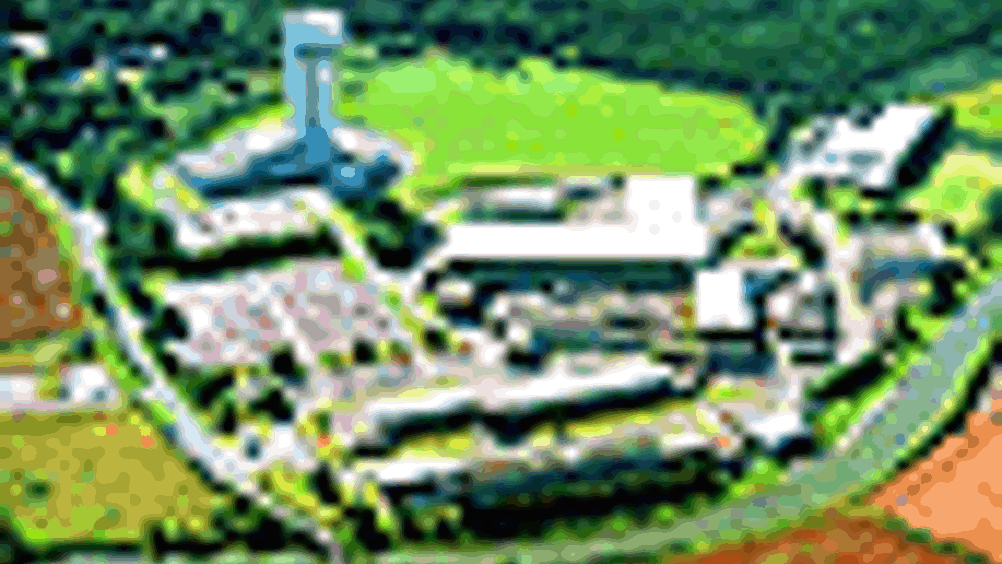Re-use particle energy

Future particle accelerators could use only a fraction of the energy currently required, after
The demonstration took place at the Daresbury laboratory in
The prototype successfully transported accelerated electrons to 99.9 per cent of the speed of light, creating a beam with a total energy of 11 million electron volts.
The Accelerators and Lasers In Combined Experiments (ALICE) project is designed to produce light from the accelerator and advanced lasers for use in accelerator technologies, such as super-conducting cavities.
This was the first time that the
The project, which is being financed by the Science and Technology Facilities Council (STFC) and the North West Development Agency (NWDA), will undergo further trials to verify results.
Register now to continue reading
Thanks for visiting The Engineer. You’ve now reached your monthly limit of news stories. Register for free to unlock unlimited access to all of our news coverage, as well as premium content including opinion, in-depth features and special reports.
Benefits of registering
-
In-depth insights and coverage of key emerging trends
-
Unrestricted access to special reports throughout the year
-
Daily technology news delivered straight to your inbox










UK Enters ‘Golden Age of Nuclear’
The delay (nearly 8 years) in getting approval for the Rolls-Royce SMR is most worrying. Signifies a torpid and expensive system that is quite onerous...